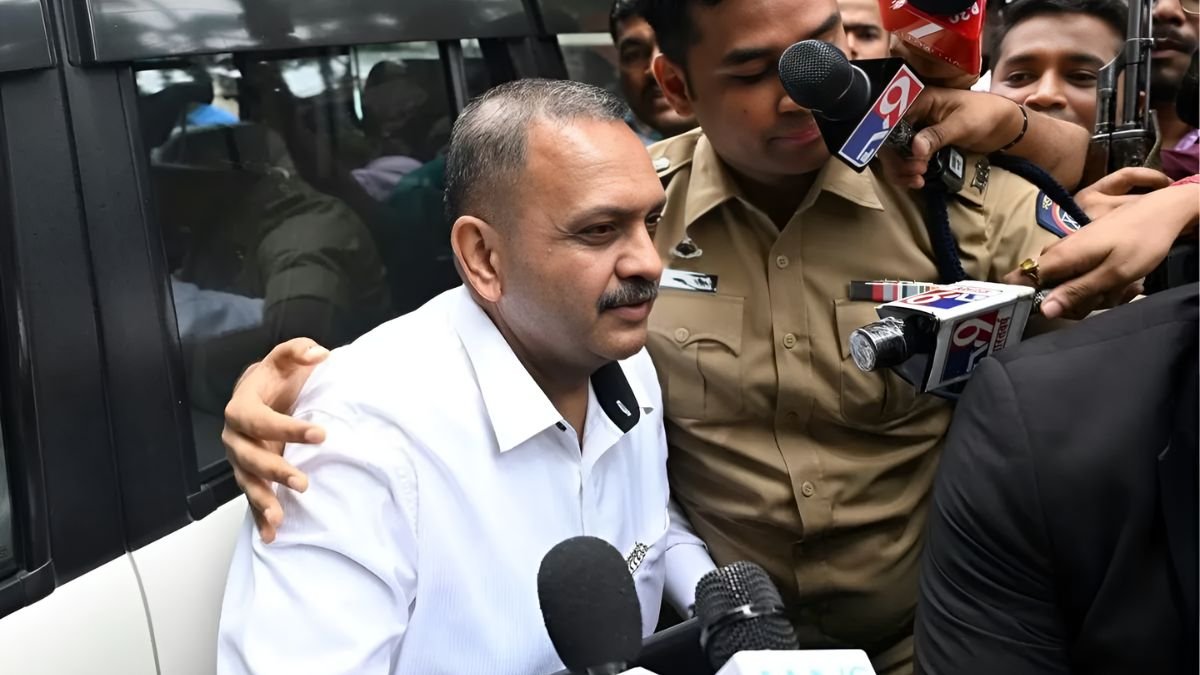2008 Malegaon Blast Case: Court verdict after 17 years, all accused including Pragya Thakur acquitted
“The court has now given its final comment on the case which once echoed from Parliament to the streets.”
In the 2008 Malegaon bomb blast case, the special NIA court of Mumbai has finally given its verdict. In this case, Pragya Singh Thakur, Lieutenant Colonel Prasad Purohit and five others have been completely acquitted.
The court said that the prosecution side, i.e. the government lawyer, failed to prove its allegations, and due to this all the accused were released giving the benefit of doubt.
Let us understand this whole case in simple language – what happened, who were the accused, how the investigation went on and what did the court finally say.
What was the case? When did the blast happen?
In this way, it happened in Malegaon-the city on the 29th of September 2008. A bomb was mounted on a motorcycle and exploded in the crowded area.
- 10 people died
- More than 100 people were injured
- There was an atmosphere of fear and anger among the people
The initial investigation was started by Azad Nagar Police Station of Malegaon, but soon the case was handed over to ATS (Anti-Terrorism Squad).
How are Pragya Thakur and others connected to this case?
The ATS, while investigating, alleged that:
- The motorcycle used in the blast was registered in the name of Pragya Thakur
- Lieutenant Colonel Prasad Purohit, Major (Retired) Ramesh Upadhyay, Sudhakar Dwivedi, Sudhakar Chaturvedi, Ajay Rahirkar and Sameer Kulkarni were involved in the planning of the blast
- ATS claimed that these people together formed an organization called “Abhinav Bharat”, and through that organization money and resources were raised for the blast.
What was said in the court?
1. The evidence was not strong
The NIA court made it clear in its decision that there was no concrete evidence to prove the allegations.
For example:
- It could not be proved that the bike in which the bomb was kept was actually Pragya Thakur’s
- It could also not be proved that Lieutenant Colonel Purohit ordered RDX from Jammu and Kashmir and converted it into a bomb
2. Pragya had already become a sanyasi
The court also said that Pragya Thakur had taken sanyaas two years before the incident. She was not interested in any material thing and had completely adopted a spiritual life.
Therefore, the argument that she provided the bike and other things for the blast was not credible according to the court.
3. The role of “Abhinav Bharat” was also doubted
The prosecution had claimed that funds were collected for the blast through an organization called Abhinav Bharat, but the court did not find any document or evidence that could prove this.
17-year long journey: From investigation to verdict
The process of this case was very long and changed many times. Let’s take a look at the entire sequence of events:
| Year | Incident |
|---|---|
| 2008 (September) | Malegaon blast happened |
| 2008 (November) | ATS added stringent sections like MCOCA in the case |
| 2009 | First chargesheet filed |
| 2011 | Second supplementary chargesheet presented |
| 2011 | Home Ministry handed over the case to NIA |
| 2016 | NIA filed third chargesheet, removed MCOCA from some accused |
| 2017 | Court removed MCOCA and added sections like IPC, Arms Act, UAPA |
| 2025 | All seven accused acquitted |
NIA also changed its stance
When NIA took over the case, they adopted a different approach from the earlier ATS investigation.
- NIA said in its chargesheet that it was not fair to apply MCOCA sections
- Lack of evidence was cited against some of the accused
This weakened the case and eventually the court had to acquit the accused
What next?
So far the government has not said whether it will challenge this decision in the High Court or not. But if the Home Ministry feels that the decision is not fair, then it can appeal in the High Court.
All the accused are currently out on bail.
Pragya Thakur’s reaction
Pragya Thakur, who is now a leader of the Bharatiya Janata Party, reacted to this decision by saying that “Satyamev Jayate! Truth has finally won.” She also said that the case was put on her under political pressure, and now she has got justice.
Conclusion: What does this decision show?
This case was not just a blast case. It was a case in which politics, religion, army, law and media all played a role. When the court acquitted the accused after a long journey of 17 years, it also became an example of the justice system.
This decision teaches us:
- Investigative agencies should work only with evidence
- The legal process may be long, but it should be fair
- The court does not work under any political or social pressure
Gaurav Tagore is a forward-thinking Director known for his impactful work in the education media space. He leads content that helps students make informed academic and career decisions while offering a window into real campus experiences. With a strong focus on clarity and relevance, Gaurav continues to be a trusted voice for student communities across the country.
